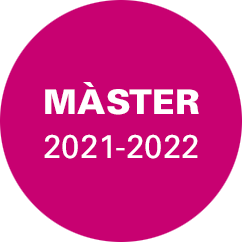
The object of study of this work of initiation to the investigation has been the historical-political evolution of the European Parliament (EP), from the description of the different phases through which this institution of the European Union (EU) has been going , from his background to the present. And in particular, the analysis of the first direct elections by universal suffrage of the EP in 1979 and its degree of subsequent influence. On the other hand, this broader work has helped us to apply the knowledge acquired about a more concrete event. This has been the investigation of the attitude, of the EP in general, and of each of its political groups in particular, during the process between the declaration of independence of Slovenia, in June 1991, until its recognition by the then European Community (EC), in January 1992, and which we present as an annex.
The methodology used has been that of historical research, based on a diachronic study on PE. We have made an initial emptying of the important existing bibliography, the majority in English and French, followed by the reading of a series of monographs and specific articles for each of the parties in which the work was divided. We have also studied the types of primary sources generated by this institution (acts, resolutions, motions for resolutions, debates, reports, parliamentary questions …), in addition to the monographs and the booklets published by the EP itself.
On the work itself, as background of parliamentary assemblies of universal scope, we have analyzed the Assembly of the League of Nations and the Assembly of the United Nations. At the European regional level, we find the Assembly of the Western European Union, the Benelux Assembly and the Nordic Council, but the one most linked to the EP has undoubtedly been the Parliamentary Assembly of the Council of Europe. In general, these assemblies have shared a series of common characteristics, such as the appointment of representatives by the national parliaments, the consultative and deliberative nature, the time-spaced meetings, the linguistic diversity and the proportional representation of the States in function of the population.



